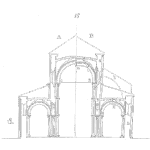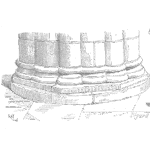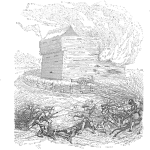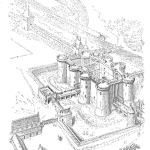
One approach for reliability improvement is to find the weaknesses or faults, then fix them.
This is best done before shipping to the customer.
You may hear this called the Test, Analyze, and Fix Method (TAAF). Or, you may have heard of it called a Reliability Growth Test program (RGT). Either way, the essence is evaluating prototypes to find specific faults. [Read more…]











